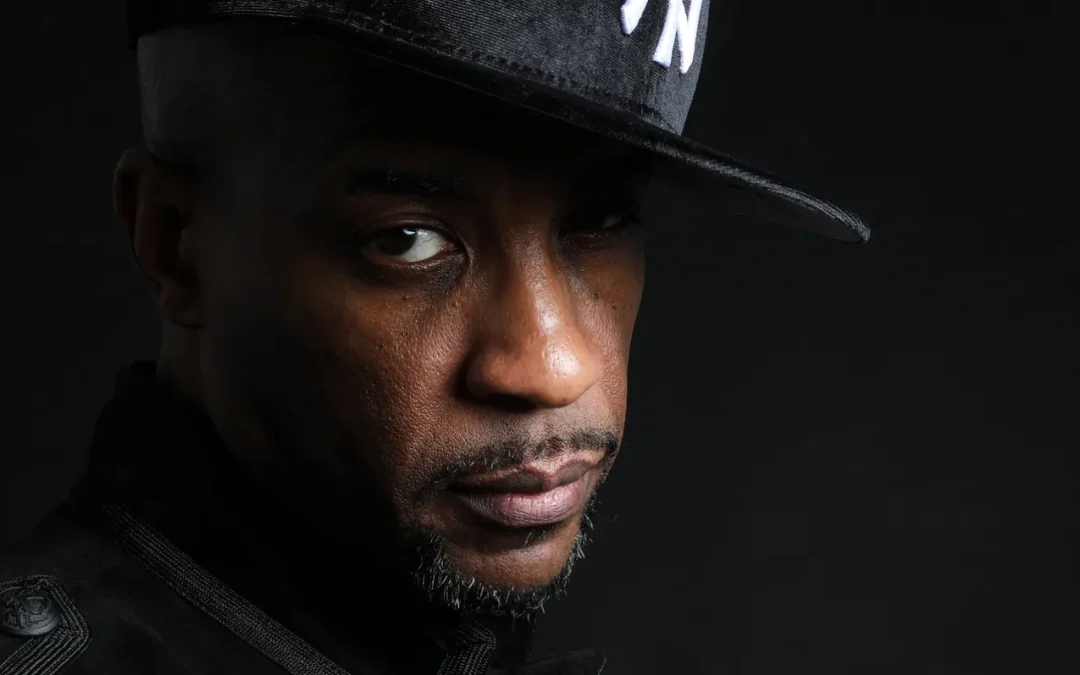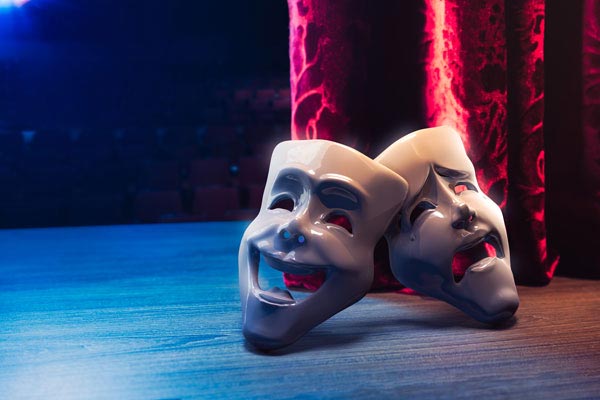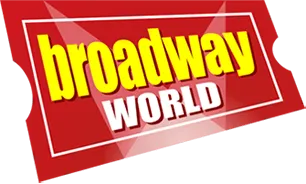
by Cate Cammarata | Sep 26, 2023 | Press, Theater
Since before the turn of the century, Brooklyn-bred rapper Masta Ace has put out numerous studio albums, most of which see him employ an incredibly detail-oriented, storytelling-based approach. But now, with an upcoming play titled The Falling Season, roughly influenced by his beloved LPs like Disposable Arts (2001), A Long Hot Summer (2004), and The Falling Season (2016), Ace is preparing to take his raps to the theatre.
Read article online here…

by Cate Cammarata | Sep 26, 2023 | Press, Theater
In the midst of the 2020-2021 health crisis, theater lovers have to find new ways to get their fix! Last Monday, mine came in the form of a live play reading given by Create Theater. Live streaming of the event was through the ZOOM platform. The play in the reading was Zoe Comes Home by Melissa Bell. In a word, attending this was fantastic! Here’s what happened.
Read online here…

by Cate Cammarata | Jun 20, 2023 | Press, Theater
“The Bone Harp” hitting SUNY Cortland’s Dowd Fine Arts Center
(WSYR-TV) — It’s a partnership with New York producer Cate Cammarata and the musical theatre program at SUNY Cortland. That’s what’s coming together with Cortland’s musical theater program and their reading of “The Bone Harp.”
This is the inaugural production for the professional theater college partnership with Create Theater.
Staged readings of “The Bone Harp” will take place this Friday, Dec. 9 at 7:30 p.m. and this Sunday, Dec. 11 at 2 p.m. at SUNY Cortland’s Dowd Fine Arts Center. Admission is free, and an audience Q & A feedback session will follow.
Learn more by calling 607 753 2811 or get more information online here.

by Cate Cammarata | Jan 2, 2023 | Dramaturgy, NPD, Producing, Theater
A Watershed Moment
COVID-19 will prove to be the watershed moment in defining the history of the 21st century. Apart from our communal human experience of the virus and its reverberations across the human spectrum, the arts and in particular theater must learn to surf the waves of change.
Remember body surfing the waves when you were a kid? The key lesson was to learn to relax and float on the surface of the water when the wave hit. Resistance and rigidity would result in dragging you down into the undertow – not a pleasant experience.
As theatremakers, how do we relax and float in the face of the tsunami of change hitting our industry? Let me tell you what won’t work: resistance and rigidity, holding tight to the model of what was instead of facing the challenge of what is.
Facing the Wave
The way I see it, the waves of change encompass the economics of theater, audience demographics, and the need for inclusive storytelling models.
First, economically, theater’s been devastated. I’ll leave it to others to provide charts and graphs on the precise numbers, but as a broad perspective we’re facing an industry where many of our brightest and talented workers have left theater (and left NYC) because they needed to survive. Those who stayed are now faced with rising costs on everything, fewer opportunities to work and even fewer opportunities to work on projects they like. Producers and artistic directors are also facing rising costs of everything, including the realization that we must pay our artists a dignified living wage. At the top of this theater food chain, where will this funding come from? Historically artists have been funded by the government, the Church or by wealthy patrons. How’s that working out in the current climate? We must look for a broader economic baseline, much like video and film has had to do earlier. In the meantime, major non-profit arts companies like the Roundabout are making major programming cuts.
Secondly, our audiences are literally dying off. We must change our offerings to suit younger audiences (like the Met’s decision to concentrate more on contemporary work). How do we plug into current culture? By being open to younger artists and taking their creative expression seriously, and being open to embrace the change that’s already here. If art reflects the culture that creates it, we marginalize any artist at our own risk. Remember when Off-Broadway used to be a place for experimentation and risk-taking? Where is that place now (other than TikTok)?
Finally, as times change the way we tell stories must also change. We know that the use of technology has changed the way we process events and tell them. The dramatic imagination is more cinematic and visual than ever before, and it intrinsically changes our storytelling structure. As an industry we must make way for more inclusive storytelling models, not just in terms of whose story we’re telling (although we definitely need more non-western, non-Anglo-centric perspectives) but how we’re presenting these stories. We must allow ourselves space to think outside the proscenium. People today crave experiences where they are immersed in an environment where they retain agency, much along the lines of the interactive video games they grew up with. I’m not saying that we should all follow the Sleep No More model, but marketers around the world have become aware that designing and staging experiences heightens economic value and customer satisfaction. If we want audiences to crave theatre, we have to provide those theatrical experiences in innovative and compelling ways.
Keep Your Eye on the Current
Just as you would never body surf without checking the weather beforehand (at least, not as an adult), so should you understand the cultural and economic currents of the moment. I’m concentrating on smaller cast sizes, deepening audience’ engagement and clarifying the emotional journey. No matter what the story, I’m remembering that essentially theatrical experiences are about the audience’s encounter with the story.
Above all, remember that this moment too will pass. Enjoy the ride and let your audiences do the same.

by Cate Cammarata | Nov 22, 2022 | Theater
While Broadway continues to recover post-covid, there is a noticeable increase in the number of readings being offered. This is a good thing – many of the shows written during the shutdown are now ready to try out in front of a live audience, and I see it as a positive sign of recovery. Is your show ready for a reading?
I had the privilege to see five readings last week (two of them were my own). They were all different types of readings, and they give a good example of the different stages of development of a play or musical.
The Private Table Read
Most of us are familiar with a table reading, or “pizza reading,” where we gather actor friends to cold read our script and get their feedback in return for feeding them dinner (or pizza). It’s a good first step, after you have a full read-through with your dramaturg or writing group, people you know and trust.
I actually had a zoom reading of a work that we’ve been working on for almost four years. Why a Zoom reading? It was the right choice to try out the latest changes in the script in front of an audience. Our actors were mainly involved in the hip hop music industry, so it was important to test out the script and get their thoughts before we produce a bigger staged reading in the Spring. We could have had an in-person table reading, but as our actors were music artists some were on the road and couldn’t all be in NYC at the same time.
This is an example of why Zoom readings are useful: your actors and creative team can gather from anywhere in the world to experience the script together “live” at the same time and get immediate feedback. I have to stress that a table reading this early in development is still a private invite; you need to protect the work at this early stage of development and only invite in people you trust for feedback.
Another form of an early reading I attended was more public, although still recognized as a very early developmental step. It’s a unique program put together by Lincoln Center for NYC musical theater folk called the Across a Crowded Room Fellowship, which pulls together a librettist-lyricist-composer team in one networking event to produce a 20-minute musical in 6 months. One of my writers participated and presented his 20 minute musical in front of a panel of Broadway musical professionals, who gave their feedback. This was a very public presentation of a new work in front of an industry audience who is familiar with the process of development. If you can get this level of feedback this early on, you should do it, although I normally wouldn’t advise an early reading in front of 100 people!
The Local Staged Reading
Not every show should immediately hold an early staged reading in NYC, even if the creative team lives there. Just like the old model where upcoming Broadway shows had their “out of town tryouts,” if you’re able to produce an early staged reading with actors on their feet at music stands locally, then do it.
I’m partnering with SUNY Cortland in upstate NY to develop new musicals away from the high costs (and high visibility) of the industry. Colleges have professional programs training the next generation of artists, with talented directors and state-of-the-art theaters. We held a first full read/sing through of a new musical that was first developed in Chicago. We’re so excited by what we’re seeing we’re hoping to transfer the reading to NYC in the spring. By developing it upstate first, I’m buying time for the creative process to happen at a lower cost but still with trained and talented professionals.
Another local staged reading I attended was on Long Island at a tiny arts council storefront. The script still needs work, but just listening to an audience react (or not react) I’m sure was helpful to the team, and it was funded in part with local grant money using local actors. A win-win.
The Investor Invited Staged Reading
The fifth reading this week was staged uptown, out of the regular theater “box” midtown. This was a very smart decision by the producers. They staged the reading about a black star (Marian Anderson) at the Marian Anderson Theater at City College in West Harlem. a beautiful theater with magnificent acoustics – perfect for the show. I attended an earlier staged reading midtown (the second one they offered, I believe), and this latest presentation demonstrated all of the hard work the team has done on the script. The show is ready to be produced, and the audience’s reactions proved it.
But remember – this was achieved after quite a few years of work, and was the third or fourth staged reading presented.
Don’t Rush Development
Sometimes the baby needs more time than you think it does to be born. Trust the process. Trust your actors and your early feedback. Don’t be precious about your work, and be open to change it based on the reactions you get from the audience. Don’t resist change – ultimately it’s your friend. The audience doesn’t lie.
At the same time, develop it privately as much as possible, and listen only to voices you trust, especially early in development. And although these five examples are musicals, new play development is the same.
Keep writing and re-writing, but check in with an audience periodically. Ultimately it’s for them.






